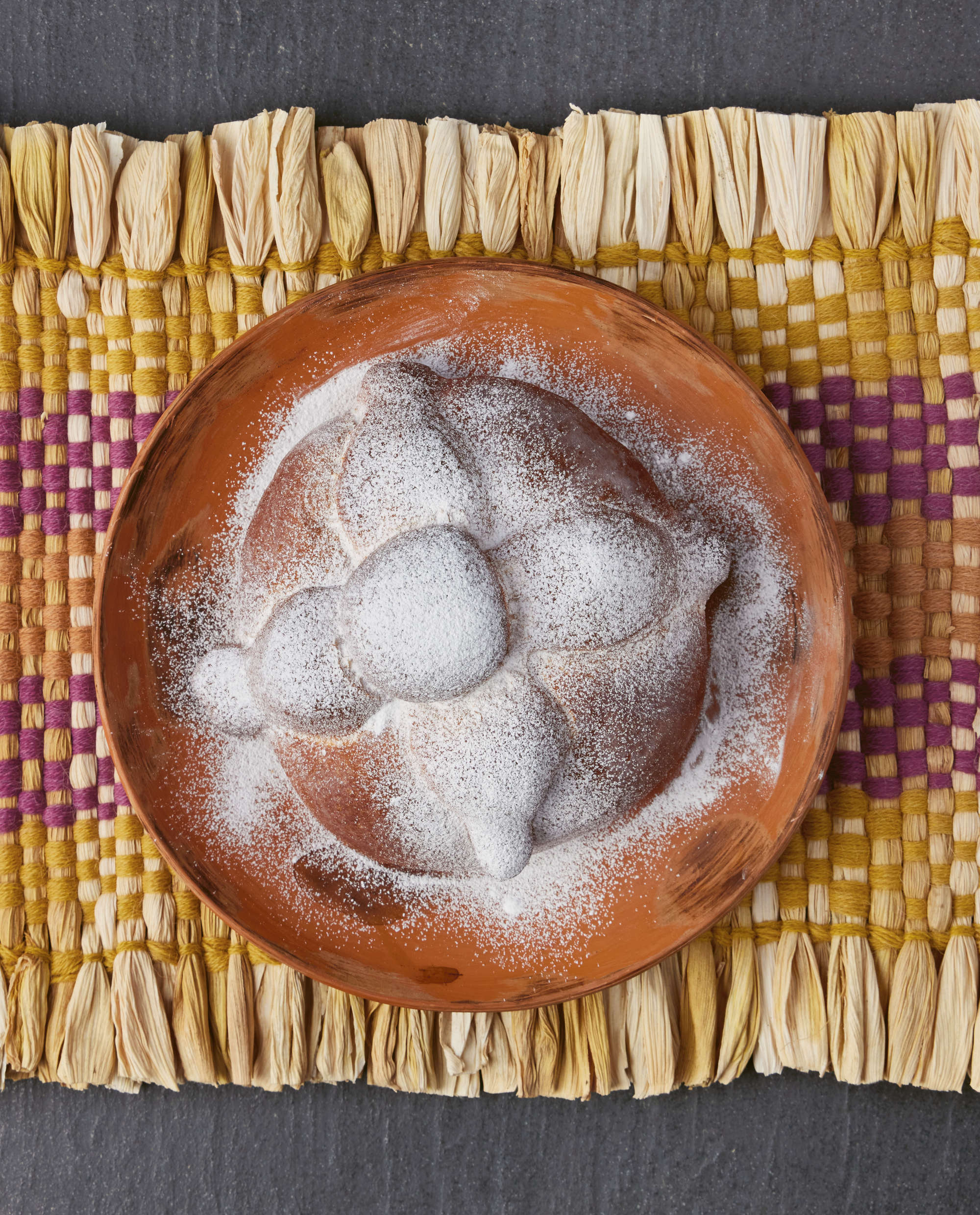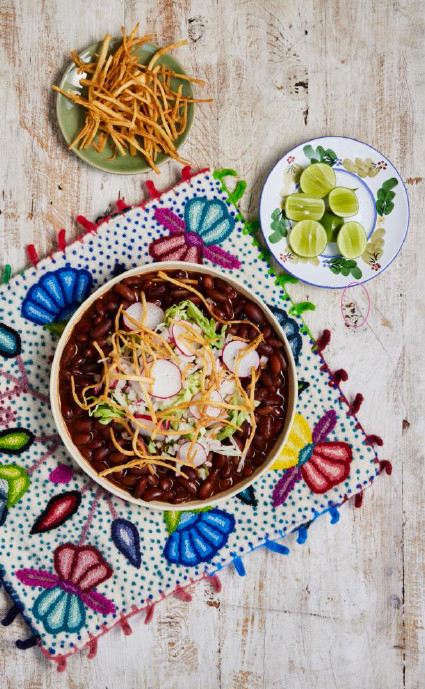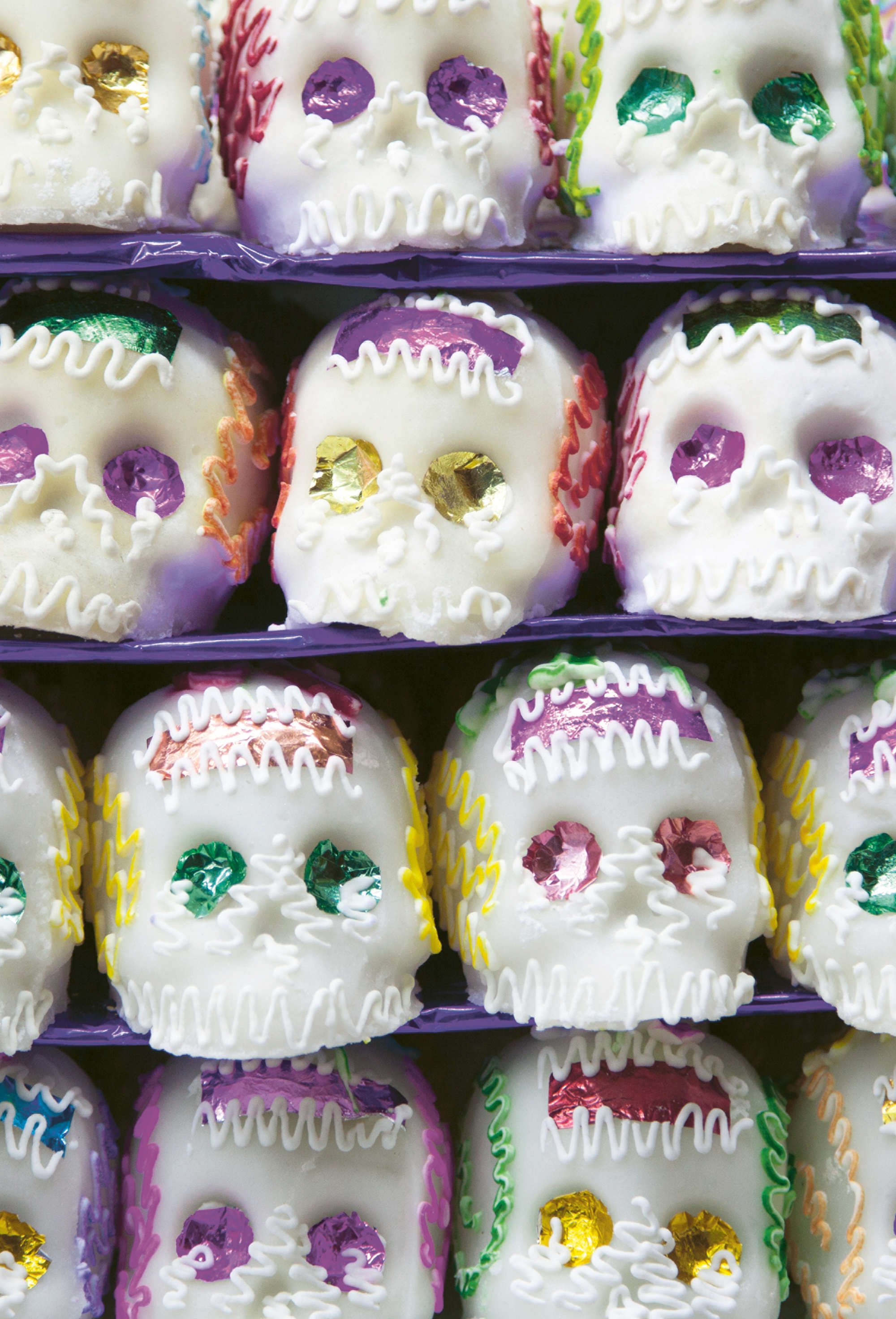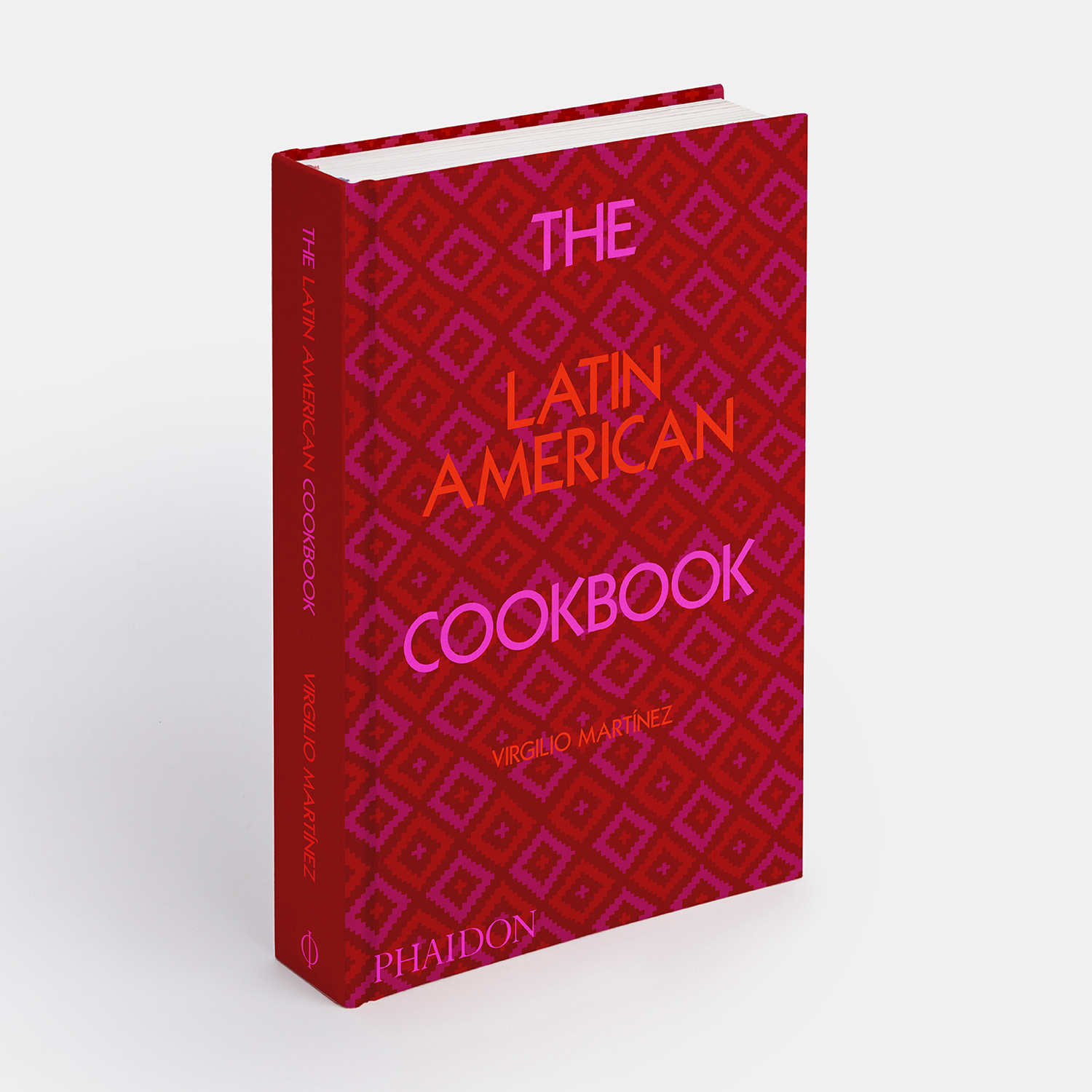
The sweet bread with a ghoulish story in the Latin American Cookbook
Dishes such as pan de muerto are a sweet but slightly scary reminder of some of the region’s grizzlier rituals . . .
The Latin American Cookbook records plenty of ancient Mezoamerican culinary traditions, even if it doesn’t wholly recreate them all. This new title is a hugely diverse culinary survey, collecting together 600 recipes from this geographically, botanically and culturally rich region. Its authors, the Peruvian chef Virgilio Martínez, the James-Beard-nominated writer and photographer Nicholas Gill and Mater Iniciativa, contextualise each inclusion, giving readers insight into how they make them today, and how these dishes were originally cooked in days of old.
Consider, pozole, a spicy corn stew from Mexico which, today, lacks one crucial ingredient. “When the Aztecs would make pozole, it would be done on special occasions. Specifically, human sacrifice,” explains the text in the Latin American Cookbook. “The priest would offer the hearts to the gods, while the rest of the body would be stewed with corn and chiles and served to those in attendance.

“When the Spanish arrived, cannibalism wasn’t as politically correct as it was in pre-Columbian times, so pork became the preferred meat in the stew."
This wasn’t the only dish the colonialists altered, in the name of human sanctity. The sweet, sugary pan de muerto, or bread of the dead, decorated with bony motifs, may have been baked in place of human bloodshed. “The exact origins of pan de muerto aren’t clear, though. Most signs point to it being created right after conquest,” explains the book. “Human sacrifices, as tribute to the gods, were not unheard of in those days, and some have said sacrificial blood was mixed with ground and toasted amaranth seeds to make a bread.
“The Spanish, said to be horrified by the concept, created a wheat bread colored with red
sugar. There are variations of pan de muerto found in every region of Mexico. Some are shaped like rabbits, or dolls to honor children.”

The book’s featured recipe, from central Mexico, keeps the bones in. “It is a round, sweet roll decorated with a cross of huesitos, or bones, topped with a circular skull. Orange blossom is added for the remembrance of the deceased. Typically, it is eaten on Día de Muertos or Day of the Dead (1-2 November), at an altar called an ofrenda, alongside visiting spirits and their favorite foods, though now it’s commonly eaten throughout the month before.”
For the full recipe, as well as others featured in this piece, order a copy of The Latin American Cookbook here.
